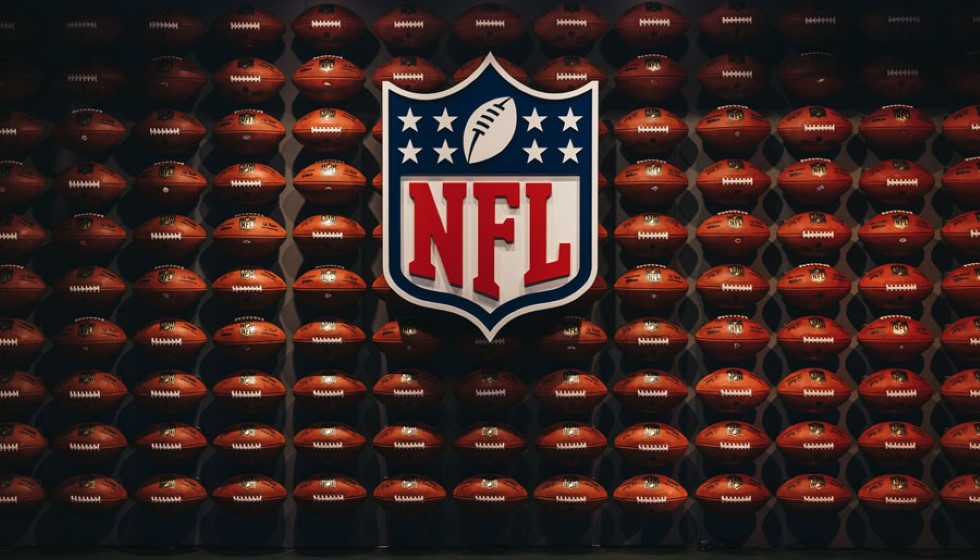
As Saquon Barkley continues to dominate the field with the New York Giants, he has set his sights on achieving something no running back has done in over a decade: win the NFL MVP award. Barkley’s performance this season has been nothing short of spectacular, carving out a defining narrative centered around not just his overall game but significantly his prowess in the second half of matches.
Barkley has amassed an impressive 1,392 rushing yards this season and he's turning heads with his second-half performances. With 920 of those yards coming after halftime, Barkley proves that he is a force in the final stages of the game. His average of 7.9 yards per carry in the second half is a standout statistic, representing a feat that hasn't been surpassed in 30 years. For perspective, Barry Sanders, an all-time great in NFL history, averaged 6.9 yards per carry during his legendary 1997 campaign.
Only 116 carries have enabled Barkley to score seven touchdowns in the latter halves of games, showcasing his explosive ability to break through when defenses are at their most worn down. Barkley's second-half rushing yardage even surpasses the combined totals of Chuba Hubbard and Najee Harris, underscoring his unparalleled impact in these crucial moments.
Game of Adjustments
One of the key factors contributing to Barkley's success is his ability to adjust as the game unfolds, a sentiment echoed by Lane Johnson, who states, "There's a lot of stuff you can game plan through throughout the week, and then, you know, you get to the game and they may show up in a different defense. You have to make those adjustments after each series and like halftime, you know, some plays that maybe don't run the first half, run the second half. So I think I credit it to that."
Such adaptability is essential in the NFL, where defensive schemes can change on the fly, forcing offenses to pivot to stay effective. Coach Kellen Moore mirrors this mindset and emphasizes the physicality and endurance of the Giants’ running game as a defining factor. "I do think there is an element of -- we pride ourselves on being a really physical run game, and those things wear on you as the game goes on when you get the opportunities we get. And the way the games have played out, you can keep grinding it out as the second half progresses, and those big plays eventually pop," he explains.
A Wear-and-Tear Strategy
Behind Barkley's standout statistics is an offensive strategy that wears down opponents over the course of a game. Mekhi Becton highlights the importance of persistence in the run game, noting, "Like the run game isn't always gonna hit off the first run. It's one of those things where we gotta keep going and going and wait for it to just hit. I feel like we've done that every game this year."
This methodical approach aligns with what the Philadelphia Eagles have been executing on their own end. Leading the league with an average of 118.8 second-half and overtime rushing yards per game, and averaging 5.9 yards per carry in these periods, the Eagles epitomize a strategic patience that echoes the Giants' formula with Barkley.
Barkley's consistency and ability to capitalize on the frailty of defenses in the game’s latter stages have made him the NFL's fourth-leading rusher based solely on second-half production. This standout performance is pushing the case for his MVP candidacy, challenging the common narrative that the award is predominantly reserved for quarterbacks.
As the season progresses, all eyes are on Barkley—not just for his potential to clinch the MVP but also for how he elevates the Giants' gameplay with each passing game. His remarkable second-half contributions are a testament to his skill, stamina, and the strategic prowess of the Giants' offensive scheme.
In an NFL era often dictated by the air game, Barkley is championing a resurgence in the art of the ground assault, emboldening a new model, where endurance and adaptability deliver victory.